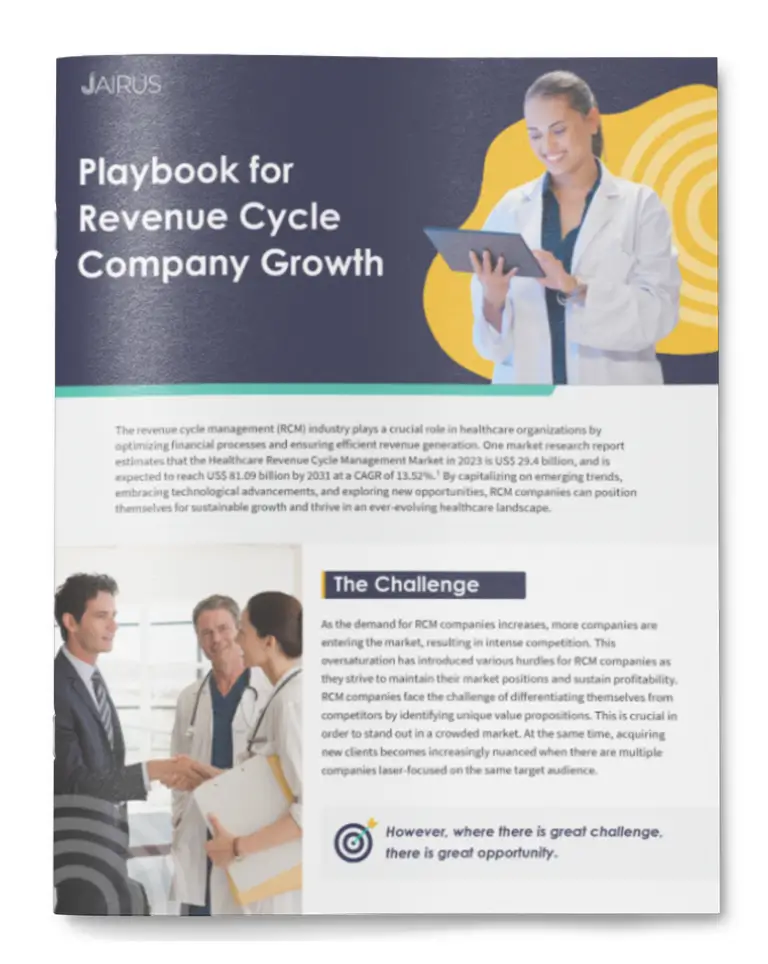Staying ahead of the competition and effectively reaching target audiences is critical for success in medtech and healthcare marketing. As Q3 approaches, it’s time to ramp up your marketing efforts and maximize your market penetration. By applying these strategies, healthcare innovators can significantly enhance their visibility and achieve substantial growth in Q3. Here are six ways to elevate your marketing to push closer to your Q3 growth and revenue goals.
Setting the Stage: Understanding the FDA Approval Process
Before diving into the mistakes to avoid, it is crucial to grasp the timeline and nuances of the FDA clearance/approval process. The duration of FDA approval can vary based on factors such as the complexity of the device, submission type (e.g., 510(k), PMA), and the availability of clinical data. On average, the FDA aims to review and provide a response on 510(k) submissions within 90 days, while Premarket Approval (PMA) applications typically take around 180 days or longer for review. That said, their initial response is rarely full clearance or approval. Often, there are rounds of questions that start from that first response. Typically the opportunity to commercialize takes many months longer than companies initially forecast. It’s important to stay updated with the most recent statistics and guidelines from reputable sources such as the FDA’s official website.
Mistake 1: Not Identifying the Target Audience Accurately
One of the crucial aspects of a successful medtech product launch is identifying the target audience to the level of granularity that is possible.. This is not always as easy as it seems at first glance. However, with all of the changes that have happened in healthcare over the past several years (like increases in physician employment by health systems, changes in purchasing patterns, new provider types, and the rapidly-evolving reimbursement landscape), the most interested buyers are not always who companies initially assume them to be. Pre-FDA market research plays a pivotal role in unveiling insights into potential customers’ interests, needs, and buying behaviors. By engaging with various prospective audiences, companies can test and evaluate engagement levels through a well-defined pre-FDA content strategy, focused on articulating the clinical issues that exist, disease state awareness, and other educational efforts.. This approach allows for refining messaging based on audience feedback and preferences.
Solution: Conduct Pre-FDA market research and develop a content strategy.
Mistake 2: Failing to Outline Product Value Propositions and Business Models
A lack of well-defined value propositions and business models ahead of the product launch can hinder marketing efforts, product adoption, and sales. Often, a firm’s initial marketing position is driven from discussions that happen inside the building, conversations with a select group of key opinion leaders, or through scant market research efforts.Proper testing of value propositions, pain points, and the path to purchase can be perceived as expensive or unnecessary.
That said, building upon the insights gained from identifying and testing target audiences is crucial to align value propositions with their specific needs and expectations.It allows for faster and deeper adoption once commercialization begins. It also allows for a company to add nuance to its marketing efforts. In some cases, different target audiences may require tailored value propositions or may have wildly different pain points addressed by the same solution. By clearly communicating the benefits and advantages of the offering, companies can effectively differentiate themselves in the market and attract the right customers.
Solution: Define value propositions and align them with the target audience.
Mistake 3: Neglecting to Build a Target Audience before FDA Approval
Although marketing of the product is prohibited before FDA approval, building relationships and establishing industry connections are activities that can be pursued prior to clearance/approval. Companies can leverage personalized email / social media outreach and other awareness-building strategies to establish relationships with key opinion leaders (KOLs) and other contacts. By fostering relationships and generating interest around the problem that the offering addresses, a strong foundation can be established before FDA approval. Additionally, connecting with key opinion leaders, industry influencers, and experts can amplify the reach and credibility of the upcoming product launch.
Solution: Engage in audience-building activities and establish industry connections.
Mistake 4: Not Building Awareness around the Problem Your Product Solves
Making product claims or direct promotion is not allowed pre-FDA approval. That said, raising awareness about the problem your medical device solves is permissible. For example, companies can engage in educational outreach to healthcare providers, raising awareness to the risks and consequences of delayed diagnosis or treatment or providing insights on the state of the art for certain conditions. By focusing on the problem and its impact, anticipation and interest can be generated. Post-FDA approval, companies can circle back to present the solution—a new medtech tool that addresses the problem and improves outcomes for both providers and patients.
Solution: Emphasize the problem without making product claims.
The Importance of Regulatory Compliance and Experienced Partners
Navigating the product launch process in the medtech industry requires careful consideration of FDA regulations and marketing limitations. By avoiding common mistakes and implementing strategic solutions, companies can maximize their pre-FDA market development efforts and lay the groundwork for a successful product launch. It is valuable to conduct thorough market research, define value propositions aligned with the target audience, build an audience of interested prospective customers, and raise awareness about the problem the product solves early in the life of a medical technology to expedite adoption once commercialization is permitted.
Partnering with a marketing team experienced in medtech product launches and regulatory compliance, such as Jairus Marketing, is invaluable. With expertise in navigating the complex landscape of FDA regulations, an experienced partner can ensure that marketing efforts align with the regulatory boundaries, minimizing the risk of overstepping boundaries while maximizing the potential for rapid adoption.
By recognizing the limitations and opportunities of pre-FDA marketing, companies can proactively plan and execute effective strategies for their commercial efforts. By avoiding common mistakes, conducting thorough market research, defining value propositions, building an audience, and raising awareness about the problem, companies can set the stage for a successful launch and maximize their chances of post-FDA approval success.
Just ask Jairus today to leverage our expertise in medtech product launches and regulatory compliance. Together, we can navigate the intricate landscape of FDA regulations and create a compelling marketing strategy for your medtech innovation.


